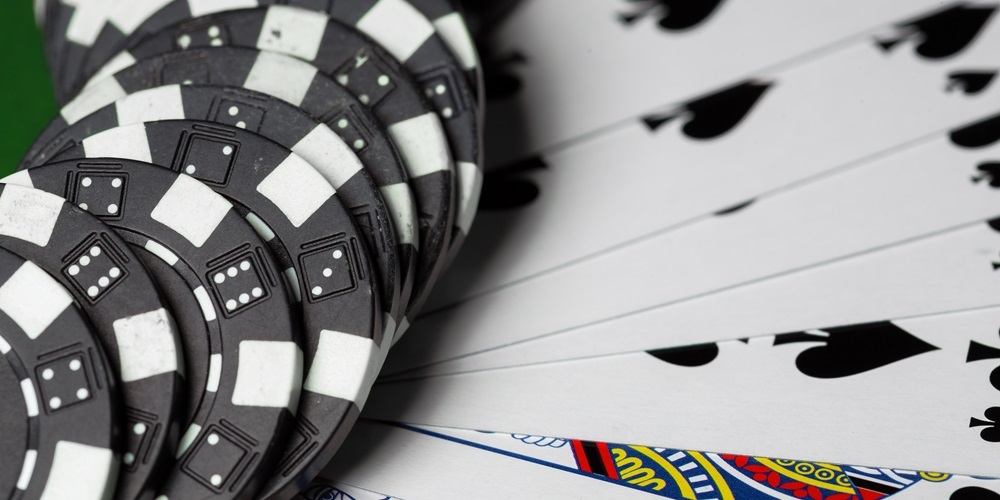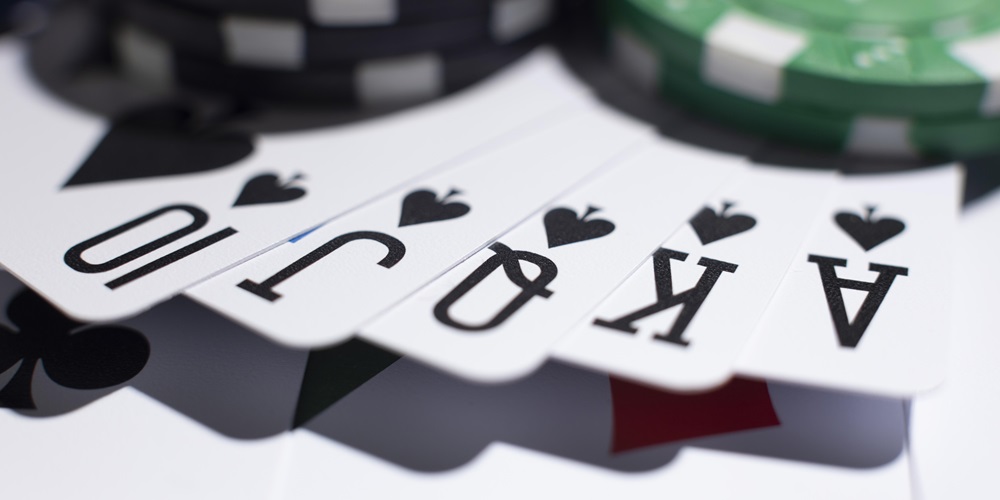In poker, skill and luck are present in every game. Although the role of chance should not be underestimated, skill and mathematical knowledge really make the difference when playing poker, hence the importance of poker tables: they are a perfect guide to find the best decision at every moment of the game based on the cards you have. If you need to refresh your memory, take a look at the poker hand rankings before continuing.
Before reading on and looking directly at the tables, keep in mind that the effective use of these tables in the real game will require practice and a deeper understanding of the context of each game.
The tables we show you are very basic and general. Optimal poker decisions depend on many factors, including the playing style of your opponents, your image at the table, and the structure of the tournament or cash game.
Therefore, consider these tables as starting points for learning and adapting your game with experience.
Preflop tables
The preflop is the initial phase of every poker hand, when players are dealt their initial cards. The decisions you make at this stage can set the stage for success or failure in the hand. Pre-flop odds tables are essential tools to help beginners understand the chances of certain initial card combinations winning.
There are specific tables for different situations, such as facing an aggressive player, facing multiple opponents or even deciding whether it is appropriate to raise, call or fold. These tables provide quick and easy-to-understand information about which hands are strongest in a given context, allowing beginners to make more informed decisions before the community cards are revealed.
Example of a simplified preflop table for Texas Hold’em
- “s” indicates suited (of the same suit).
- “o” indicates offsuit (of different suits).
- The action may vary depending on additional factors such as the opponents’ style and your perception of their hands.
This table indicates a recommended action (Raise, Call, or Fold) based on your position at the table and the strength of your initial cards. For simplicity, it focuses on game situations with no previous raises.
Odds and outs tables

When you are in the middle of a hand and hope to improve your play with additional cards on the flop, turn or river, odds and outs tables are your ally. These tables help you calculate the odds of improving your hand and tell you how many “outs” you have, that is, how many additional cards in the deck will help you.
Learning to use these tables allows beginners to make more informed decisions about whether to stay in the hand or fold. Understanding odds and outs is also crucial in knowing how much to bet or whether it is wise to call a bet, thus maximizing the value of your plays when you are in a favorable situation.
Example of a basic odds and outs table
This table shows the approximate percentage of improving your hand based on the number of outs you have after the flop. An “out” is a card that you believe will improve your hand to a winner.
Note that these percentages are approximate and are used to make quick decisions during play.
Hand Rank Tables
In poker, not all hands are equal, and understanding the relative strength of different card combinations is essential. Hand rank tables offer a quick overview of which hands are considered strong, average or weak in various situations.
These tables are particularly useful when you are in a specific position at the table, as the strength of a hand can vary depending on your location. With hand rank tables, beginners can learn to adapt their play according to their position and the actions of their opponents, thus improving their ability to make sound decisions on each hand.
Pot odds tables
Pot odds tables help beginners evaluate the relationship between pot size and the amount they need to bet to call a bet. This, in turn, allows them to determine if the investment is justifiable from an odds standpoint.
Knowing how to calculate pot odds is essential for making financially sound poker decisions. These tables provide a quick guide as to whether you should stay in a hand, considering the relationship between the size of the pot and the amount you need to invest. By understanding these relationships, beginners can avoid compromised decisions and maximize their winnings in the long run.
Example of a simplified pot odds table
The pot odds table helps you decide if a bet is worth calling based on the size of the pot and the size of the bet you need to call.
To use this table, compare the pot odds with the odds to improve your hand (using the odds and outs table). If your improving odds are better than the pot odds, calling can be a mathematically advantageous play.
Position tables

Position at the poker table is a critical factor that can influence the way you play your hands. Position tables provide a clear picture of how your location at the table can affect your strategic decisions.
These tables usually classify positions in terms of first, middle and last positions. They provide guidelines on what type of hands to play in each position and how to adjust your play according to the number of players at the table.
Position tables are a valuable tool for beginners to understand how to adapt their strategy based on the information available about the opponents’ actions.
Why tables are so important in poker
In poker, information is key, and tables are powerful tools that can guide beginners to more informed decisions. Whether they are calculating preflop odds, evaluating pot odds or adjusting their play according to their position at the table, tables offer a reliable reference for those who still need the help these resources offer to make the best decisions during a game.
By taking the time to study and understand these tables, a novice player can significantly accelerate his learning curve and improve his ability to make strategic decisions, which is essential when fully immersed in a game. Poker is a game of skill, cunning and patience, and the tables are helpful allies that can lead players to success at the virtual and real tables.

